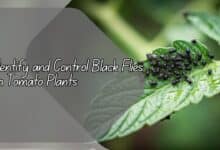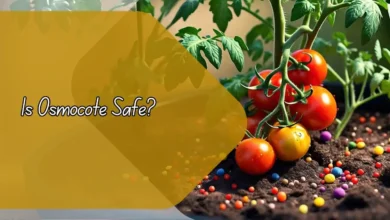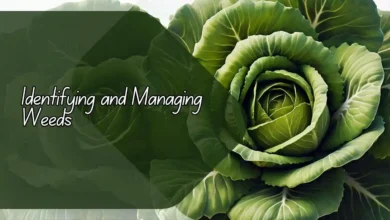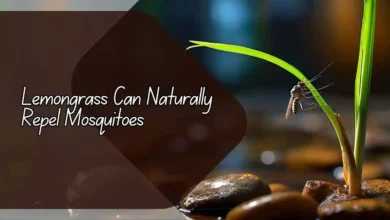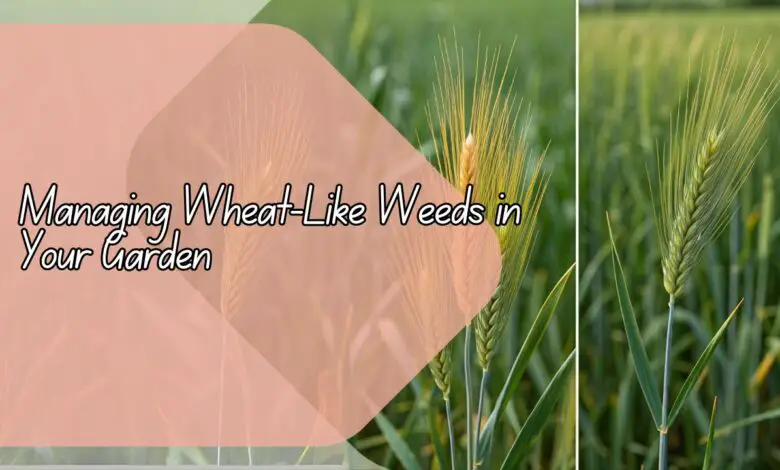
Identifying and Managing Wheat-Like Weeds in Your Garden
In this article, we will discuss how to identify and manage wheat-like weeds in your garden. We will provide tips on recognizing these invasive plants, preventing their spread, and effectively controlling them to maintain a healthy and attractive garden.
How can I distinguish wheat-like weeds from actual wheat plants?
Wheat-like weeds, such as wild oats and cheatgrass, often resemble wheat plants in appearance, making it challenging to differentiate them. However, there are some key characteristics that can help you distinguish between the two. True wheat plants have a more uniform and symmetrical appearance, with evenly spaced leaves and a distinctive seed head at the top. In contrast, wheat-like weeds may have uneven growth patterns, with leaves that are not as neatly arranged.
Another way to distinguish wheat-like weeds from wheat plants is by examining the seeds. Wheat seeds are typically larger and more oval-shaped, while weed seeds may vary in size and shape. Additionally, wheat-like weeds tend to grow faster and taller than wheat plants, often overtaking the surrounding area if left unchecked.
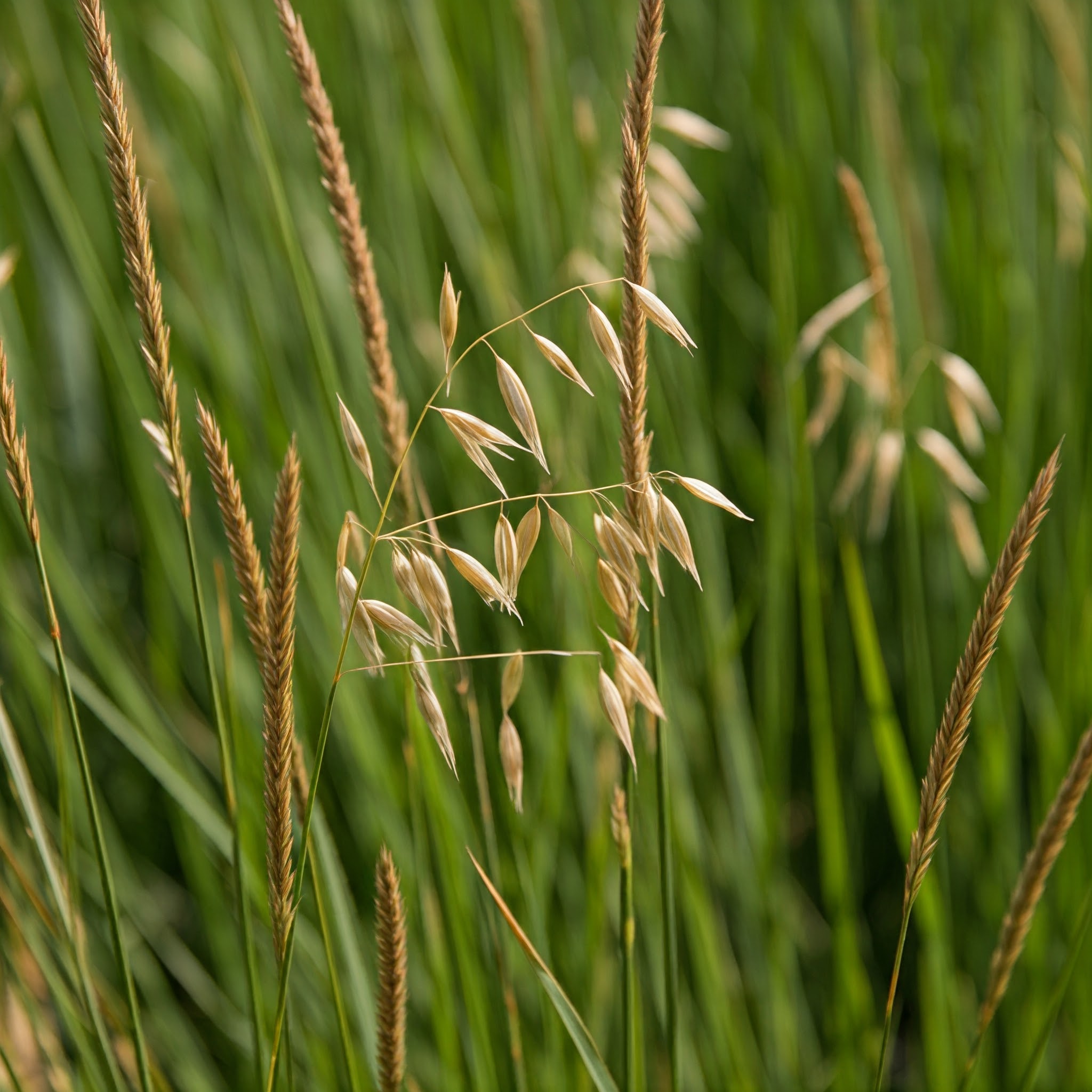
What are some common wheat-like weeds and their characteristics?
There are several wheat-like weeds that commonly invade gardens and agricultural fields. Wild oats are one of the most prevalent types of these weeds, characterized by their tall, slender stalks and drooping seed heads. Cheatgrass is another common wheat-like weed known for its bushy appearance and sharp seed heads that can easily spread and attach to clothing or animals.
Other wheat-like weeds include foxtail barley, jointed goatgrass, and downy brome. These weeds can quickly take over a garden if not properly managed, competing for nutrients, water, and sunlight with desirable plants and compromising the overall health and appearance of the garden.
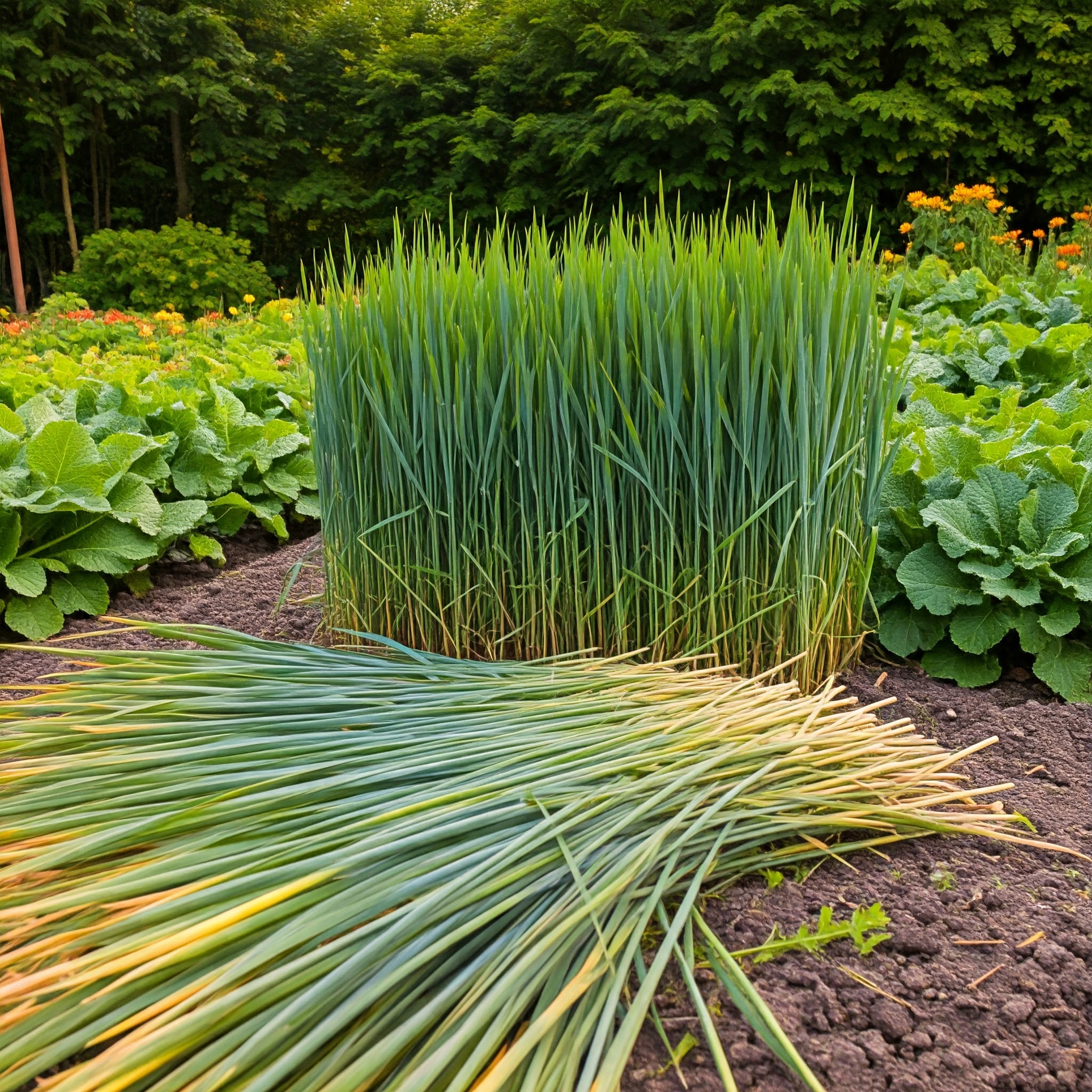
How can I prevent wheat-like weeds from spreading in my garden?
Preventing the spread of wheat-like weeds in your garden requires a proactive approach to weed management. One of the most effective strategies is to regularly inspect your garden for signs of weed growth and promptly remove any plants that resemble wheat-like weeds. By catching these invasive plants early, you can prevent them from establishing a foothold and spreading throughout your garden.
In addition to manual removal, you can also take steps to improve the overall health of your garden, such as mulching to suppress weed growth, maintaining proper spacing between plants to reduce competition, and watering and fertilizing appropriately to promote the growth of desirable plants. By creating a healthy and well-maintained garden environment, you can minimize the risk of wheat-like weeds invading and spreading.
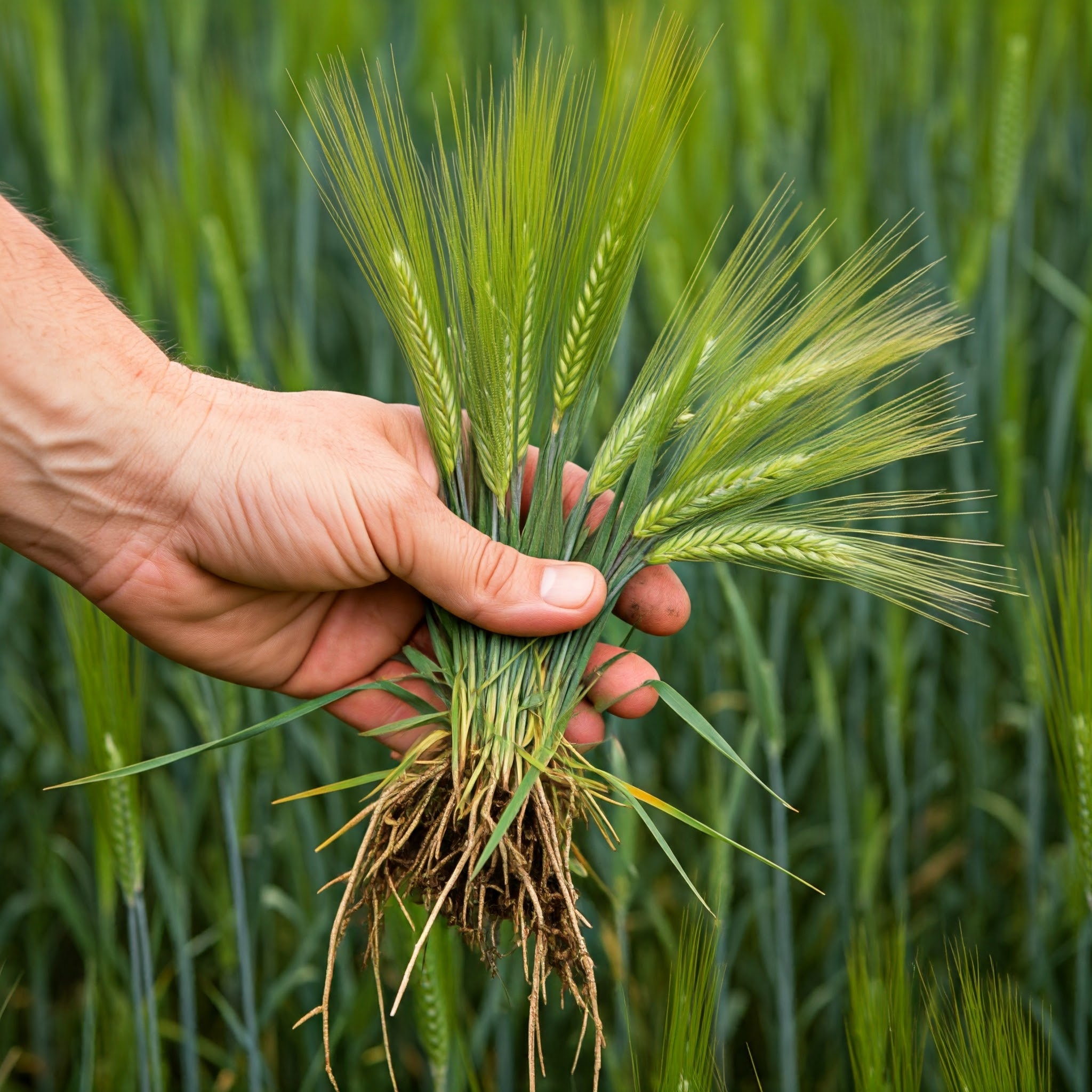
What are some effective methods for controlling wheat-like weeds in my garden?
When it comes to controlling wheat-like weeds in your garden, there are several options available to help manage these invasive plants. One common approach is to use herbicides specifically designed to target wheat-like weeds while sparing desirable plants. These herbicides can be applied directly to the weeds or the soil to effectively reduce weed populations and prevent further spread.
In addition to herbicides, other control methods include hand-pulling weeds, hoeing or tilling to disrupt weed growth, and mulching to smother weed seedlings. It is important to be consistent and thorough in your weed control efforts to prevent wheat-like weeds from taking over your garden and outcompeting your desired plants.
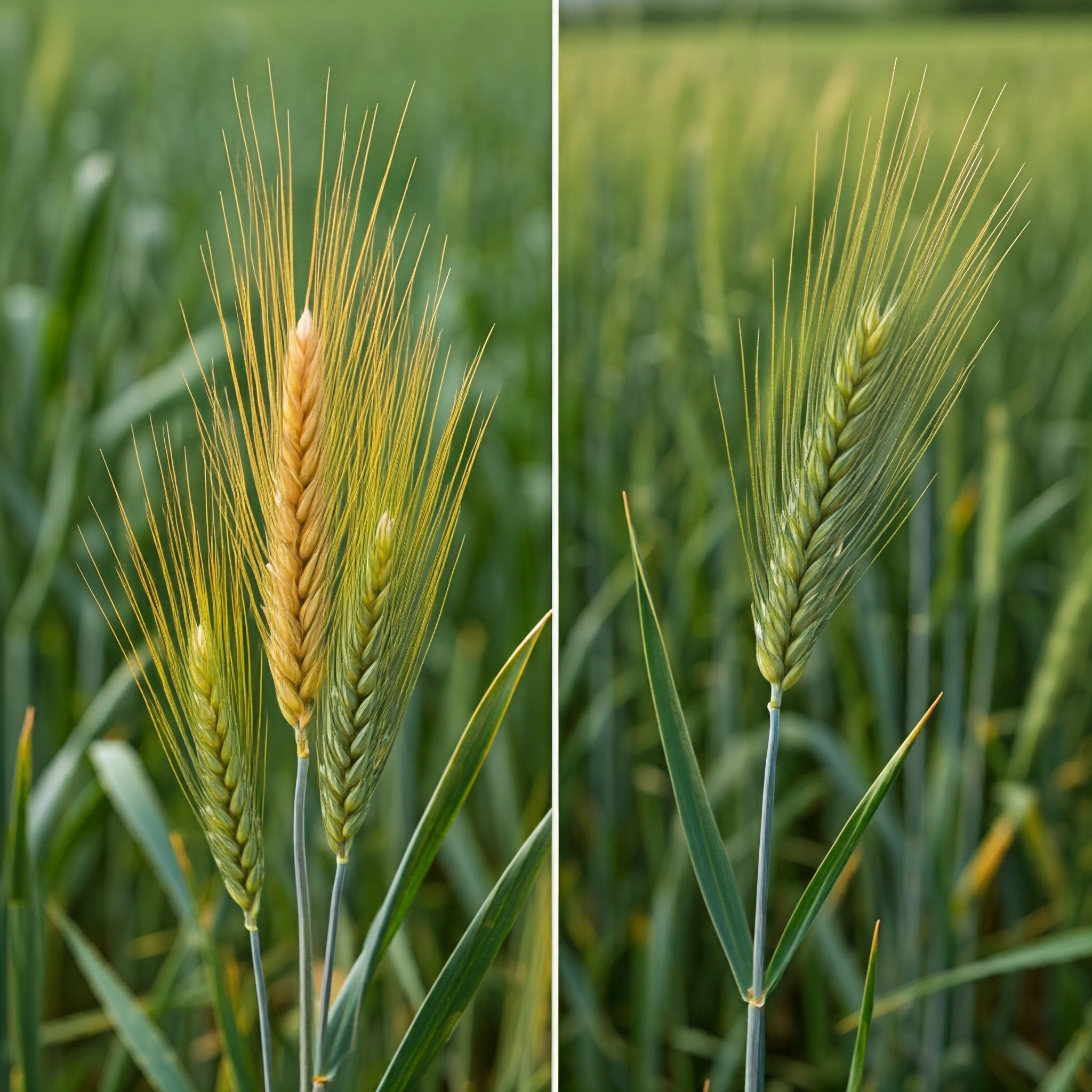
How can I ensure that my garden remains free of wheat-like weeds in the future?
Maintaining a weed-free garden requires ongoing vigilance and effort to prevent wheat-like weeds from returning. One key strategy is to practice good garden hygiene, such as cleaning tools and equipment to prevent the spread of weed seeds, and avoiding the introduction of contaminated soil or plants that may carry weed seeds.
Regularly monitoring your garden for signs of weed growth and addressing any unwanted plants promptly can also help prevent the spread of wheat-like weeds. By staying proactive and implementing effective weed control measures, you can keep your garden healthy and thriving while minimizing the impact of invasive wheat-like weeds.
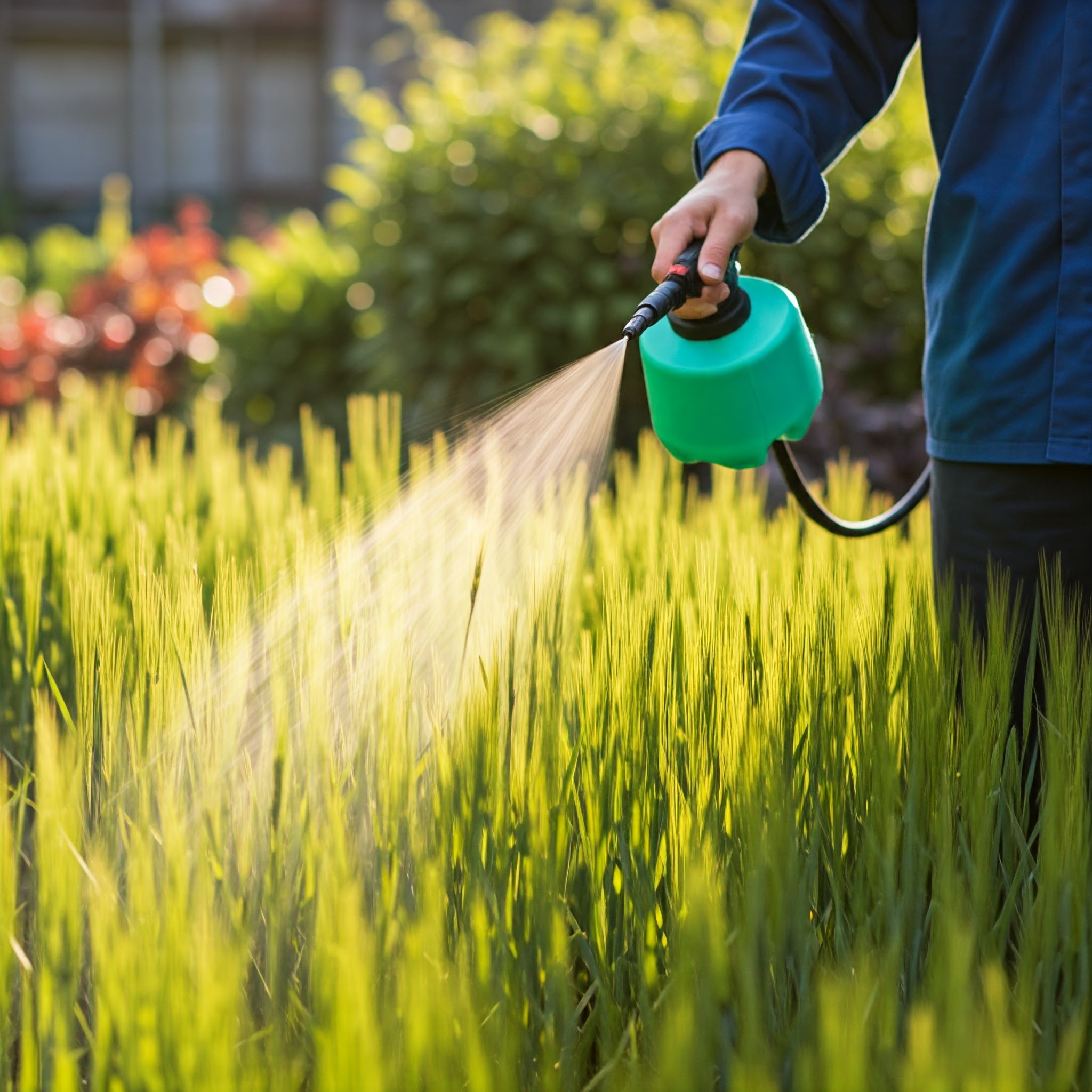
Conclusion
In conclusion, identifying and managing wheat-like weeds in your garden is essential for maintaining a healthy and attractive outdoor space.
By learning to recognize these invasive plants, implementing preventative measures to stop their spread, and using effective control methods, you can keep your garden free of wheat-like weeds and ensure the success of your desired plants. With dedication and persistence, you can create a beautiful and flourishing garden that is free of unwanted invaders.
FAQs
Can wheat-like weeds harm my garden plants?
Yes, wheat-like weeds can compete with your garden plants for essential resources such as water, sunlight, and nutrients. If left unchecked, these invasive weeds can overwhelm your desired plants and hinder their growth and productivity.
Are there organic methods for controlling wheat-like weeds?
Yes, several organic methods can be effective in managing wheat-like weeds, such as hand-pulling, mulching, and using natural herbicides made from vinegar or essential oils. These methods can help control weed populations without the use of synthetic chemicals.
How quickly can wheat-like weeds spread in my garden?
Wheat-like weeds are prolific growers and can quickly spread throughout your garden if not managed properly. Some species, such as cheatgrass, can produce thousands of seeds per plant, leading to rapid colonization of the surrounding area.
Can wheat-like weeds be beneficial in any way?
While wheat-like weeds are generally considered invasive and harmful to garden plants, some species may have ecological value or be used for forage or habitat by wildlife. However, in a garden setting, it is best to control these weeds to maintain a healthy and productive outdoor space.
How often should I inspect my garden for wheat-like weeds?
It is recommended to inspect your garden regularly, at least once a week, for signs of weed growth, including wheat-like weeds. Early detection and prompt removal of invasive plants can help prevent weed infestations and ensure the health and vitality of your garden.

